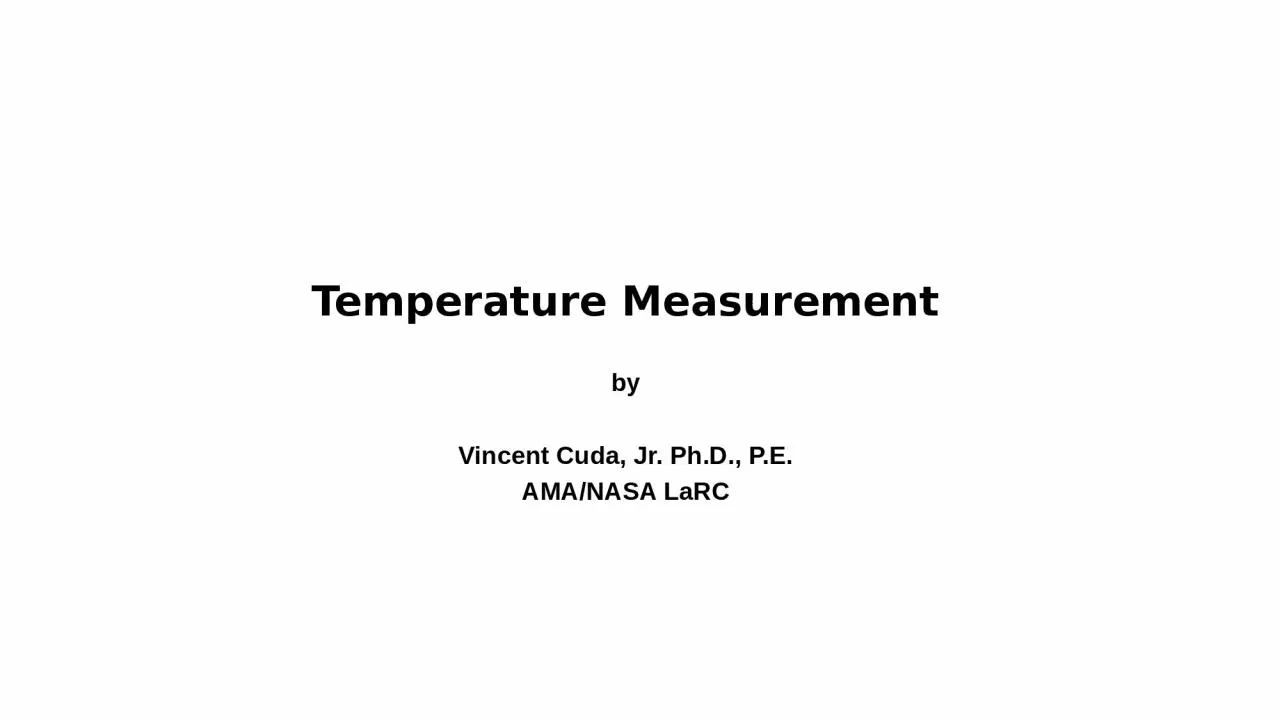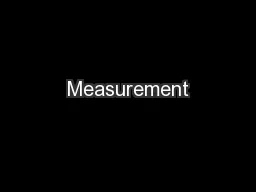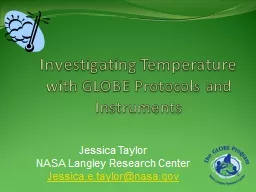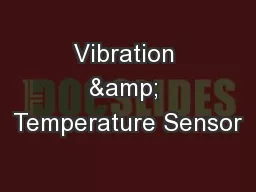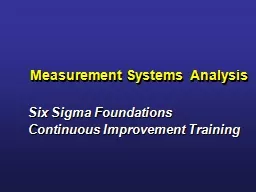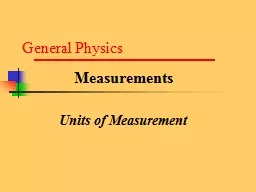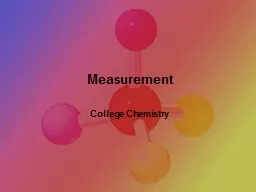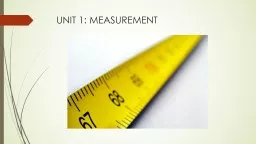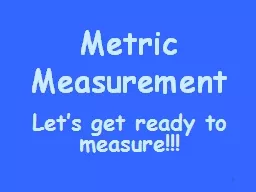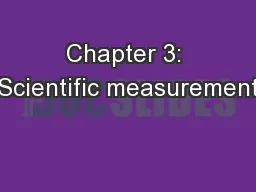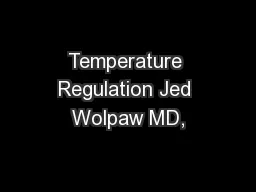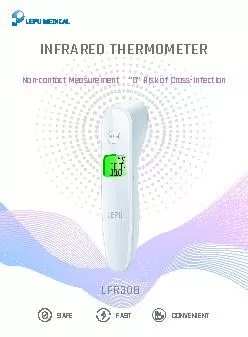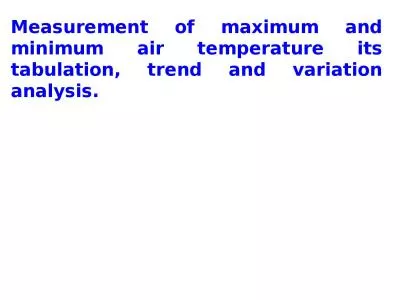PPT-Temperature Measurement by
Author : violet | Published Date : 2024-03-13
Vincent Cuda Jr PhD PE AMANASA LaRC Outline Temperature Measurement History Measurement Standards Thermocouples What are They Diagnostics Lessons Learned Example
Presentation Embed Code
Download Presentation
Download Presentation The PPT/PDF document "Temperature Measurement by" is the property of its rightful owner. Permission is granted to download and print the materials on this website for personal, non-commercial use only, and to display it on your personal computer provided you do not modify the materials and that you retain all copyright notices contained in the materials. By downloading content from our website, you accept the terms of this agreement.
Temperature Measurement by: Transcript
Download Rules Of Document
"Temperature Measurement by"The content belongs to its owner. You may download and print it for personal use, without modification, and keep all copyright notices. By downloading, you agree to these terms.
Related Documents

